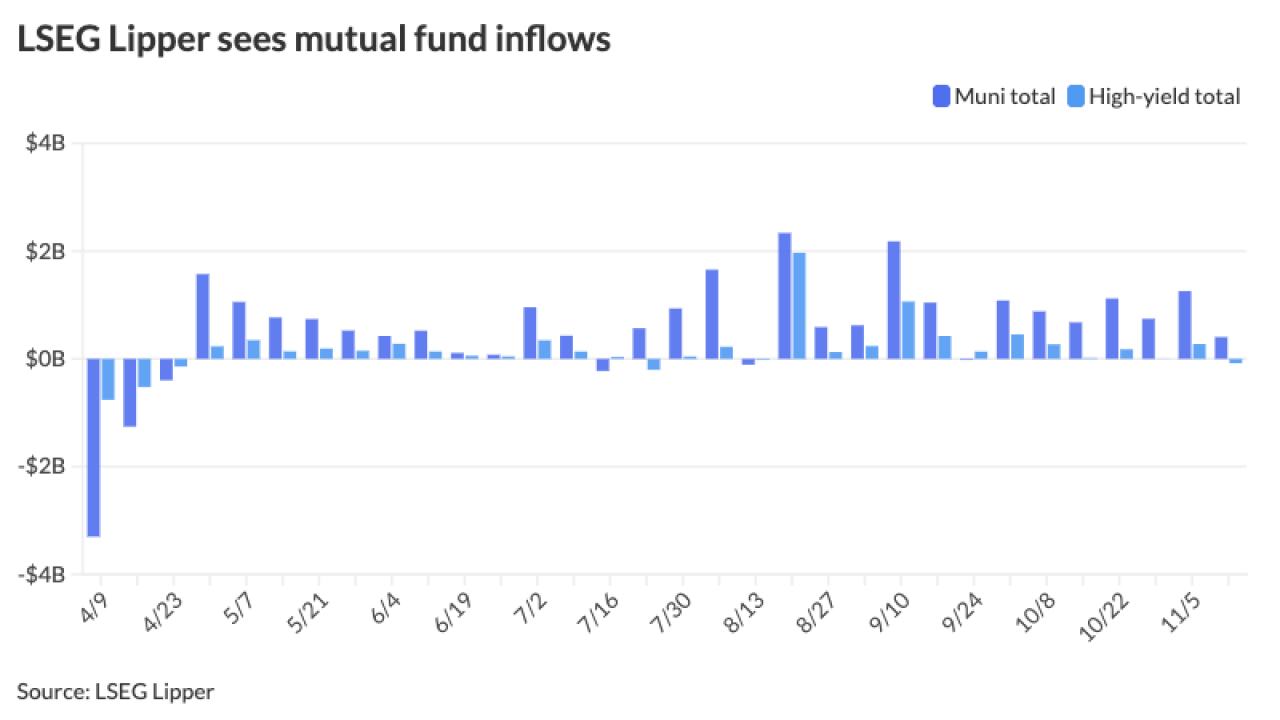WASHINGTON -The authors of a new paper from The Hamilton Project at Brookings propose four short-term and three long-term ways to address the need for infrastructure investment in the United States, including a revival of the Build America Bond program.
"Given the importance and urgency of these investments, we propose a two-track solution: a first track that offers approaches that could be implemented quickly and over the short term, drawing on existing programs and agencies; and a second track of more-strategic approaches that could be rolled out and implemented over the longer term," the paper said. It was written by Roger Altman of Evercore, Aaron Klein of the Bipartisan Policy Center and Alan Krueger of Princeton University.
While most economists and government leaders think the federal government should take action that helps to improve infrastructure, there has been inaction in this area because people disagree about which investments should be made and how they should be funded. Now is a good time to make infrastructure investments because borrowing rates are low, the job sectors most involved in building infrastructure are relatively weak, and the country can make investments now with the knowledge gained from experiencing natural disasters like Hurricane Katrina, the authors said.
One of the short-term infrastructure proposals is restoring the ability for state and local governments to issue Build America Bonds, which are taxable, direct-pay bonds. Issuers could issue BABs in 2009 and 2010 and receive federal subsidy payments equal to 35% of their interest costs. The paper suggests that the federal government could generally make the subsidy rate revenue neutral, likely around 28%, and could make the rate higher for projects that it considers to be higher priority.
The authors contend that the traditional tax-exempt bond market has "structural inefficiencies" and that taxpayers may benefit more from the exemption than state and local governments. The BAB program fixes the inefficiency with tax-exempt bonds because the federal government subsidy goes to issuers and not to taxpayers, according to the paper.
The authors also point out that "unlike traditional tax-exempt municipal bonds, BABs are an attractive option for foreign investors, pension funds, nonprofits, and other individuals and institutions that do not have U.S. tax liabilities."
The paper does not propose doing away with tax-exempt bonds. Klein said in an interview that the authors found that BABs lowered interest rates on tax-exempt bonds because BABs moved the financing of some projects into the taxable market, reducing the supply of tax-exempts.
The subsidy payments to issuers of outstanding BABs have been reduced since 2013 due to federal spending cuts known as sequestration. "In our mind, the new program would not be subject to sequestration," Klein said.
Another short-term solution to boost infrastructure financing is to make changes to the Transportation Infrastructure Finance and Innovation Act (TIFIA) program, which provides direct loans, loan guarantees and standby-lines-of-credit for surface transportation projects. In the paper, the researchers recommend increasing federal funding for the program to $10 million per year from $1 million per year, expanding the types of projects that are eligible for the program, and improving the program's internal accounting.
The authors' third short-term proposal is to use the Army Corps of Engineers more efficiently and reform the Harbor Maintenance Trust Fund so that its existing surplus could be more aggressively used to fund key projects.
The fourth one is to reform the federal gasoline tax that primarily funds the Highway Trust Fund. The authors propose making the gas tax variable, so that it would decrease when gasoline prices rise and increase when prices fall. There would be a minimum and maximum gas tax rate, which would be indexed to inflation, according to the paper.
In addition to the short-term proposals, the authors provide three suggestions that they said are designed to "modernize the infrastructure financing system over the longer term."
The first of the long-term proposals is to update the technologies used to collect user fees for transportation. The federal government should provide incentives to state and local governments to adopt standardized user fees, the paper said.
The second is for there to be a national, electronic system that would be used to facilitate state and local governments jointly buying infrastructure equipment in larger quantities to reduce costs. And the third l is for a commission of federal, state and local parties to create a national infrastructure strategy.





